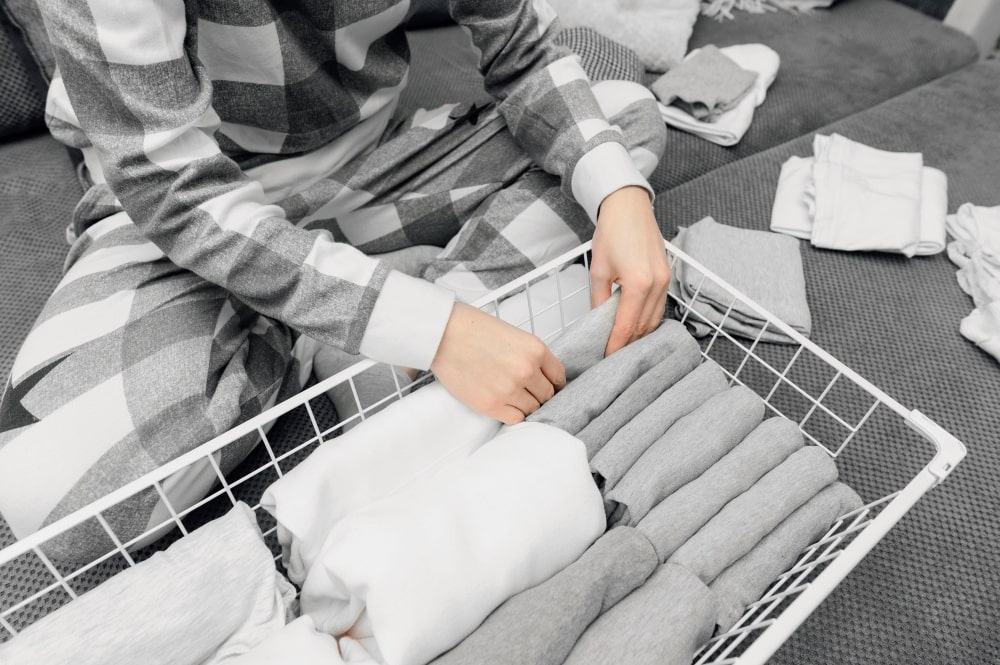Laundry is a chore that cannot be neglected and must be done with the utmost precision. While everyone has to do laundry, it’s more complicated than just tossing clothes into a laundromat washing machine at random. Knowing how to sort laundry for efficient washing at a laundromat is key to keeping your clothes clean, fresh, and long-lasting.
Collect All Clothes
Thorough Separation
Divide by Color
Whites:
This category comprises linens, socks, underwear and clothing. So the white color clothes should always be kept separate from any other clothing.
Lights:
Darks:
Things with dark hues, such as dark reds, navy and black. Dark clothes even if they leave any color still will not make a huge difference. If there are denims then it should be separated and washed together. This break is beneficial as it will reduce the dye transfer problems.
Divide By Fabrics:
Another way of sorting clothes is by fabrics before giving it for home laundry service. Sort clothes according to their fabric type (light and heavy) and place delicates in a mesh lingerie bag to prevent damage. So this way, the clothes will be safe from any damage.
Thick Materials:
Delicates:
Medium Fabrics:
T-shirts and other mid-weight apparel are examples of medium-weight fabrics. Usually, these can be washed once a week. They do not require too much washing, and a once-a-week wash with the cleanest laundromat is perfect for keeping them in proper condition.
Examine The Care Labels
Deal With Stains
Sort Out Very Soiled Items
Make Use of the Proper Wash Cycle:
Regular Cycle:
Delicate Cycle:
Heavy-Duty Cycle:
Get a Laundry Sorter:
Consider purchasing a laundry sorter, which is a sort of hamper with numerous sections so you can designate each section to keep a different type of clothes if you do multiple loads of laundry a week or want to make it easier to separate (and load) different sorts of laundry.






